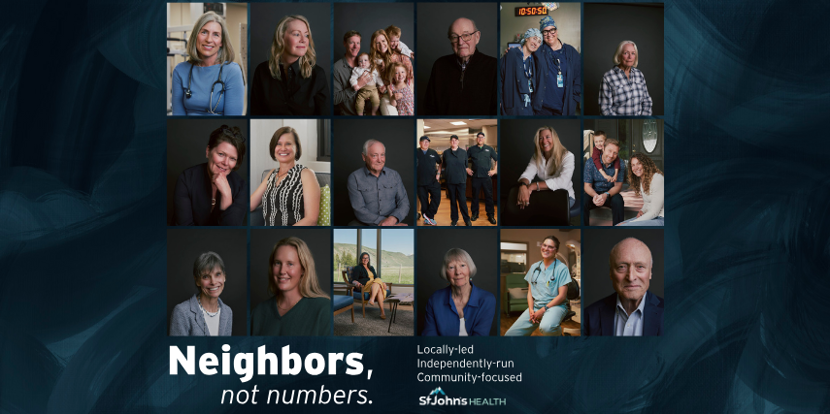Investing in the Future of Patient Experience
- Date Submitted: Feb 15, 2024
- Category: Impact Story

When a patient is in the primary care unit, it is critical for them to be able to express their needs to the staff — whether an acute emergency or a need for pain relief, water, or other support. Max Fairclough, the project manager for the replacement system’s installation explained, “Until this fall, St. John’s Health was operating with a call system that was over fifteen years old. Back in 2019, we needed some replacement parts and found out that our system was becoming end of life,” he recalled. The only place to source needed parts? Ebay.
“That kicked off the process of looking at different systems and making sure we chose the right system for our organization; one that we could advance the technology on, and one that we could grow into as an organization,” he said. The process was abruptly stalled with the onset of COVID-19, and funding was poured into battling the pandemic. “Priorities shifted and financials changed. It was iffy on whether we would be able to have the funding to do this,” Max recalled. “That's when St. John’s Health Foundation graciously stepped in and offered assistance.”
With the collaborative input of nurse Jennifer Chiappa, CNO and Katie Hansen, RN, the team selected the Responder Enterprise — a cutting-edge system with a host of top-caliber features. Benefits of the new system are plentiful, and will positively impact not only patient experience, but also the staff and leadership of St. John’s Health. And the immediate benefits, explained Katie, are only the beginning.
“The call system is how patients from their rooms are able to communicate their needs to us, so it’s an extremely essential system for a hospital to have. What excites me about the newer system is the ability for it to integrate with different technologies that we will hopefully be able to obtain in our organization in coming years,” she said. Not only does the new system facilitate easy communication between patients and caregivers, but also offers real-time tracking for staff members, facilitating more robust collaboration, communication, and accountability.
“Staff will wear a badge that will be able to tell where that staff member is,” highlighted Jen. “That type of technology is going to help us with just process improvement and being able to hold staff accountable; we'll be able to see that data and see that these nurses indeed are doing what we ask of them. It's also going to incorporate the technology of electronic hand hygiene monitoring; you will be able to tell that the staff member entered the room and used the sanitizer.” Not only will nursing teams be able to keep better tabs on their efforts, they’ll be able to use the system to easily locate one another or request help in an emergency. Ultimately, the new system represents significant upgrades to patient comfort and safety as well as system-wide opportunities to expand efficiency and accountability, Jen concluded. Max agreed, echoing that the benefits will be amplified in coming years: “We're not 20 years outdated and limited in what we can do. We have places to grow and work into, and that's exciting.”



